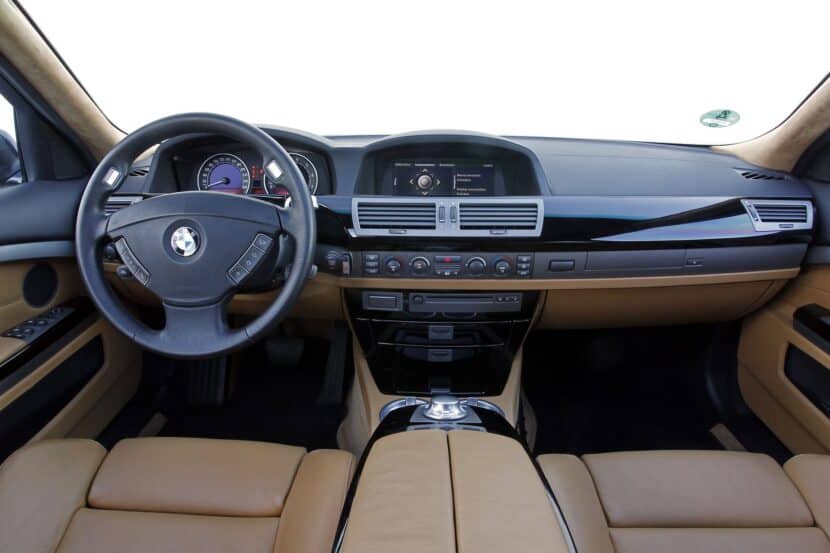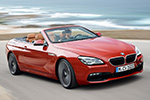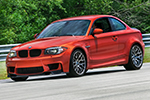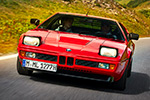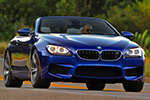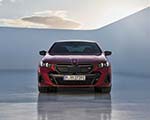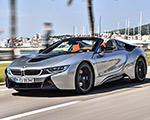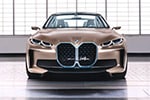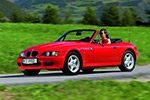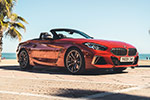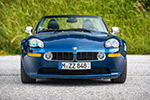In an era where dashboards resemble smartphones and cars behave more like connected devices than machines, the real battle for driver loyalty is happening on the screen. Behind every swipe, animation, and menu is a design philosophy shaped not just by aesthetics, but by culture, geography, and the tug-of-war between simplicity and capability. At Designworks, those invisible choices take center stage — and the way they’re made reveals far more about modern car-making than most drivers ever realize.
How BMW’s Interfaces Evolved From Simplicity to Cultural Complexity
Design has always been more than skin deep. Though today, it’s arguably more important what’s going on inside the vehicle than how it looks. A car’s user interface (UI) can sink an otherwise sleek-looking ride, and nobody seems to be more aware of that than the folks at Designworks. Matthew Potter, Director of Interaction Design at Designworks, shared how interfaces get built at the studio. Early iDrive, which debuted in 2001 on the then-new E65 BMW 7 Series, was a “really big opportunity,” Potter said. “Things were a lot simpler back then,” he starts. “We have such an iconic dashboard that you see in this concept here. The center display unit was just a real big target.” Potter claims it was in pursuit of the “ultimate sense of simplicity.”
Today, things are of course slightly more complicated. “What are the highest performing apps in the United States? What are the highest performing apps in Germany? How do people approach these apps? Where’s the middle ground?” asks Potter. Early iDrive screens were little more than a handful of button options. That’s no longer the case. “People in the United States really want convenience. They want more visual, more simplicity. They want more playfulness,” Potter says. “What we found in German apps is a lot more utilitarian, more data, more to read, and more educational.”
Balancing Emotion, Usability, and Global Influence at Designworks
In the end, good design seems to mostly be about balance. “We have to balance emotion with usability, right?” Potter says. “You can make a really cool interface, you can make it look beautiful, you can make it fun and exciting, but if you can’t use it, it’s kind of useless.” No arguments here. Geography is also important. While Designworks — and by extension, BMW — pools data from all over the globe, the U.S. is integral. “We have a very diverse set of users in the USA,” starts with Designworks. Buyers in Texas are different from California, and so are their needs. It’s a small-scale illustration of exactly why Designworks has studios in Munich, Shanghai, and Los Angeles. Adrian van Hooydonk translates it to the global stage for us: “The studios have two tasks. One is to work together with all the international Designworks studios to identify global trends, things that will become relevant for all of our customers.” The second job is to look locally and see what matters most in their markets.
Whether gazing longingly at the newest BMWs sitting on the dealership lot or peering out over the bonnet from the driver’s seat, it’s clear that almost design decision that goes into a car is at least in a sense, a globally collaborative effort. True, details might vary. “There are some things that are different in customers preferences,” van Hooydonk says, “and we try to also cater to those, because all our markets are very competitive by now.” At the same time, you’d be hard pressed to find something that still isn’t recognizably BMW. “So far, I haven’t seen anything that looks completely counterintuitive to what our brands stand for,” he says. “We take these things on board from what we learn from China or US customers, and they all make our products better, in the end.”



